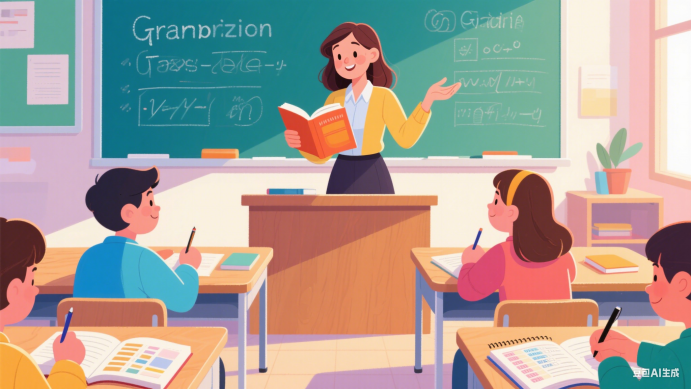
Learning a new language offers both excitement and challenges. While speaking a once-unfamiliar language brings great joy, many learners face moments of frustration. Experts have studied various methods to discover the most effective approaches over years of research.
Early teaching focused heavily on perfect grammar through translation. Students memorized vocabulary lists and rules. Later methods used repetition to build speech habits. Research shows language learning isn’t just imitation. Mistakes are natural steps, and expecting instant perfection may be unrealistic.
One influential theory highlights “comprehensible input” — understanding messages through books, conversations, or signs. Traditional grammar drills are seen as ineffective here. Studies found students learning through meaningful input performed as well in speaking as those in traditional classes. However, research with French immersion students revealed limits: after years of daily exposure, they still made grammatical errors when speaking, suggesting focused rule-teaching remains valuable.
Another perspective stresses communication practice (“output”). Real conversations push learners to express complex ideas. Partners naturally adjust speech to aid understanding — unlike textbooks. Interactive practice also provides instant feedback. Yet without grammar guidance, errors may persist since listeners rarely correct understood mistakes.
Immersion programs offer a powerful solution. In Canada’s French immersion schools, subjects like science are taught entirely in French. By graduation, students achieve near-native fluency while keeping academic progress. Success requires early starts and sufficient adaptation time. Programs beginning later under academic pressure due to limited time face greater challenges.
Research further confirms grammar rules develop in fixed sequences, mirroring first-language learning. For instance, English learners master question forms like “Where did you go?” at later stages. Forcing early mastery proves counterproductive — some errors naturally fade with exposure.
What truly works best? ___△___ Pure drills or input alone show clear limitations. Learners progress fastest when actively using language for genuine communication while receiving smart grammar practice on challenging patterns. Remember that mistakes are natural milestones — persist in practice and discover the deep joy of connecting through language!
原创编写 版权所有 侵权必究! 每日更新 个性化阅读 英语飙升!
1.1. What is the shared drawback of early teaching methods and comprehensible input approach?
A Overemphasizing translation.
B Ignoring communication practice.
C Lacking grammar guidance.
D Requiring excessive time.
解析:选C。C 细节理解题。根据第二段可知,早期教学“脱离实际输出”,根据第三段可知,“输入法”仍需(语法)规则教学,证明两者均缺失有效的语法指导机制。故选C。
2.2. What can we infer from the French immersion study?
A Grammar drills are unnecessary.
B Input alone isn’t enough.
C Mistakes disappear naturally.
D Speaking is more important.
解析:选B。B 推理判断题。根据第三段可知,法语沉浸式学习的学生“仍有语法错误”,暗示仅靠“输入(input)”是不够的,需要结合语法教学。故选B。
3.3. The word “persist” in Paragraph 4 means ______.
A continue
B stop
C avoid
D forget
解析:选A。A 词义猜测题。根据第四段划线单词前后语境“without grammar guidance, errors may persist since listeners rarely correct understood mistakes”,可知,此处指如果没有语法指导,错误可能会“持续存在”(继续),因为听者很少会去纠正那些已被理解的错误。故选A。
4.4. What is the best sentence to fill in the blank “ ___△___”?
A Immersion is the best solution.
B Grammar sequences matter.
C Balance is essential.
D Mistakes are unavoidable.
解析:选C。C 推理判断题。最后一段强调“平衡”,即“真实交流(practice)”与“语法练习(grammar)”结合。故选C。
